All around the world, there are cities with a fascinating history. Some civilizations built new cities on top of ancient ruins, while others developed close to famous historical sites.
The presence of ancient ruins in a city not only adds renown but also boosts the economy. Every year, a massive number of tourists travel around the world to see these breathtaking historical monuments with their own eyes. Cities such as Mexico, Paris, and Seoul refused to modernize so that the people visiting them could see the ancient heritage. Here are eight modern cities built on ancient ruins!
Paris, France
Being the most romantic destination in the world, Paris also has quite a history. Many people have no idea that Paris was actually built on top of the remains of more than six million people. The catacombs of Paris are a series of underground ossuaries built around 1786. About 300,000 people annually visit the maze-like catacombs, and some don’t come back! Just kidding.

Lima, Peru
The Incas were a South American civilization formed by the Quechua people around 1400 A.D. Unfortunately, over time, some Inca settlements were lost and forgotten. However, during excavations in the early 1950s, an adobe pyramid was discovered under the name Huaca Huallamarca. Scientific researchers claim that the ancient structure was used by the Incas and the people of Hallall more than 2000 years ago. That pyramid is one of the main tourist attractions in the San Isidro area.

Mexico City, Mexico
Hernan Cortes is responsible for the destruction of the Aztec ceremonial and political center, which serves as Mexico City’s main square. Although Mexico City has indeed changed a lot since its early days, archaeologists still keep finding remnants of the ancient Aztec civilization. Temple Tempo Mayor is one of the last surviving ruins dating back to the pre-Columbian Aztec empire. Mexico City has a historic center that pays tribute to the ancient city that was once located on this very site.
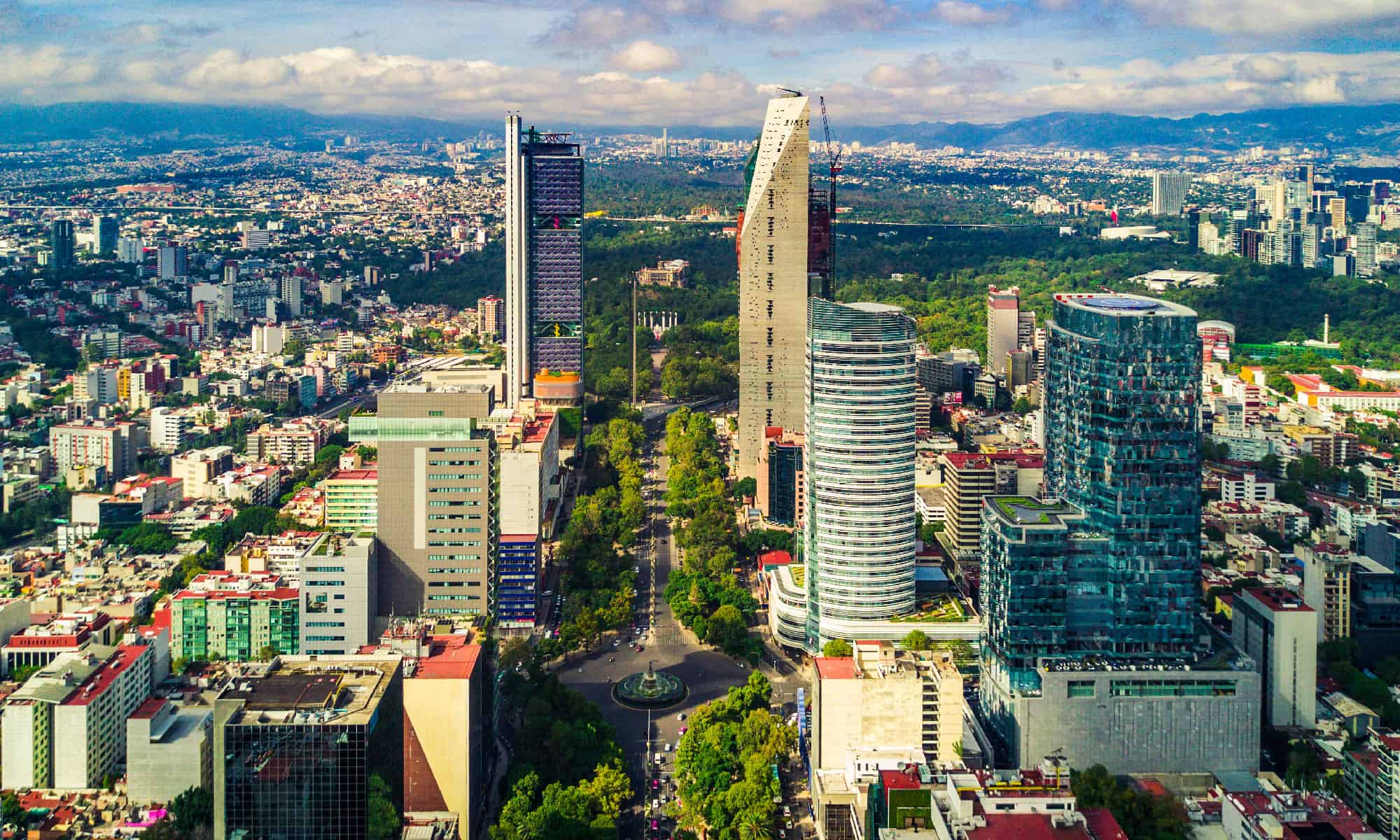
Beijing, China
Historians have discovered that humans were living in the Zhoukoudian area in Beijing about 700,000 years ago. However, Beijing really became a city only 3,000 years ago. In addition to the 21.5 million citizens, more than 140 million people come to Beijing annually to see ancient historical artifacts. Some of the popular tourist attractions include the Great Wall of China, the Forbidden City, and the tombs of the Ming emperors.
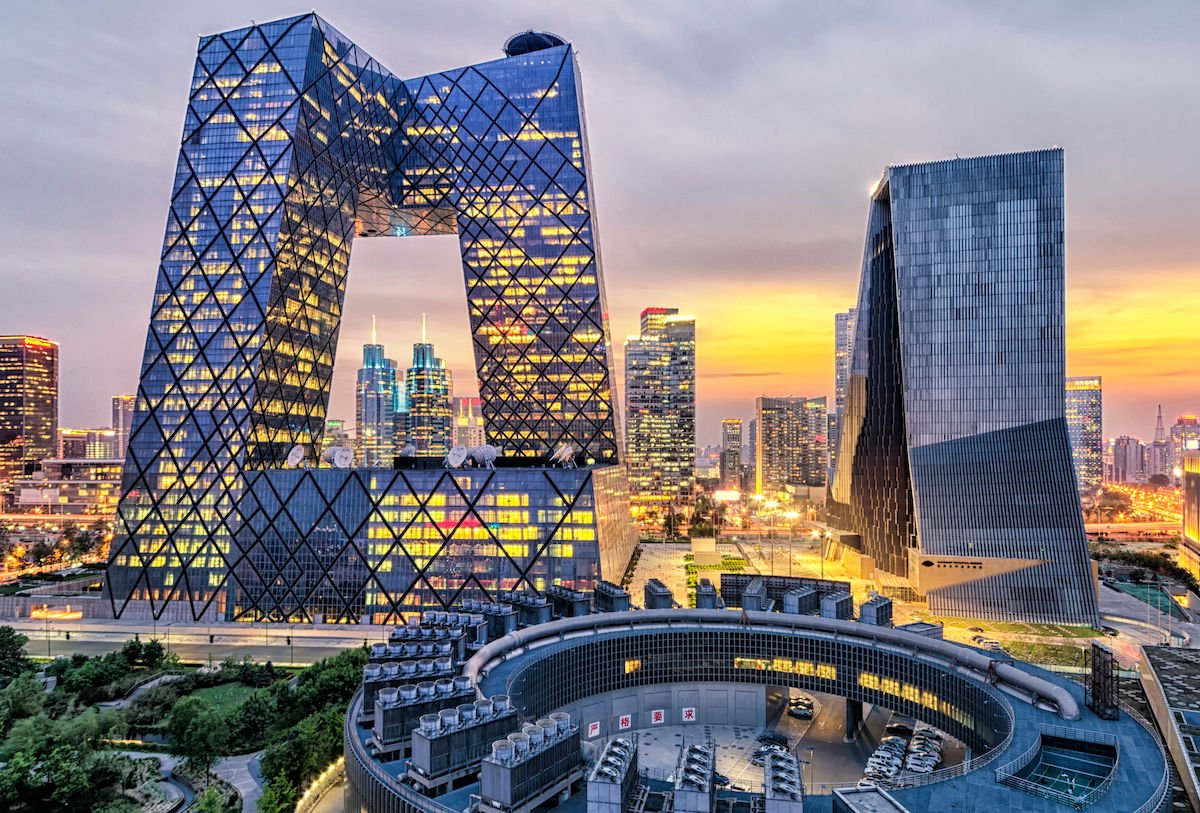
Seoul, Korea
Seoul is currently the largest metropolis in South Korea, with population of about 10 million people. Its history goes back almost 2000 years. The city was originally founded in 18 B.C. by the inhabitants of the city of Baekje. While Seoul is considered a very modern city, the ancient city wall can still be found in its very center. Historians believe that the wall dated back to the early 1300s and was built to protect Seoul from invaders.
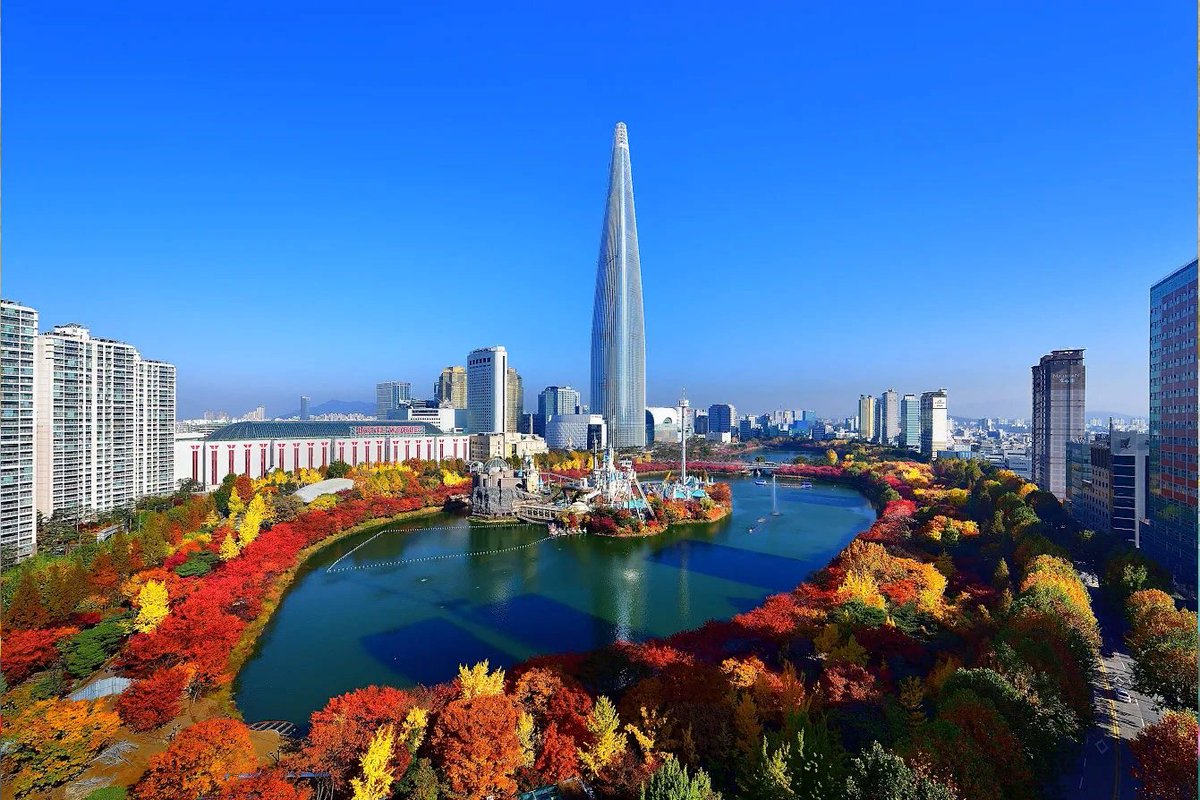
Kyoto, Japan
Kyoto is known as one of Japan’s oldest and most historically significant cities. It is believed that Kyoto was founded under the name Heian around 794 A.D. e. and was the capital of Japan until 1868. Currently, over one million people live in Kyoto. For millennia, the city remained faithful to its roots and became famous for its classical Buddhist temples, gardens, and imperial palaces.
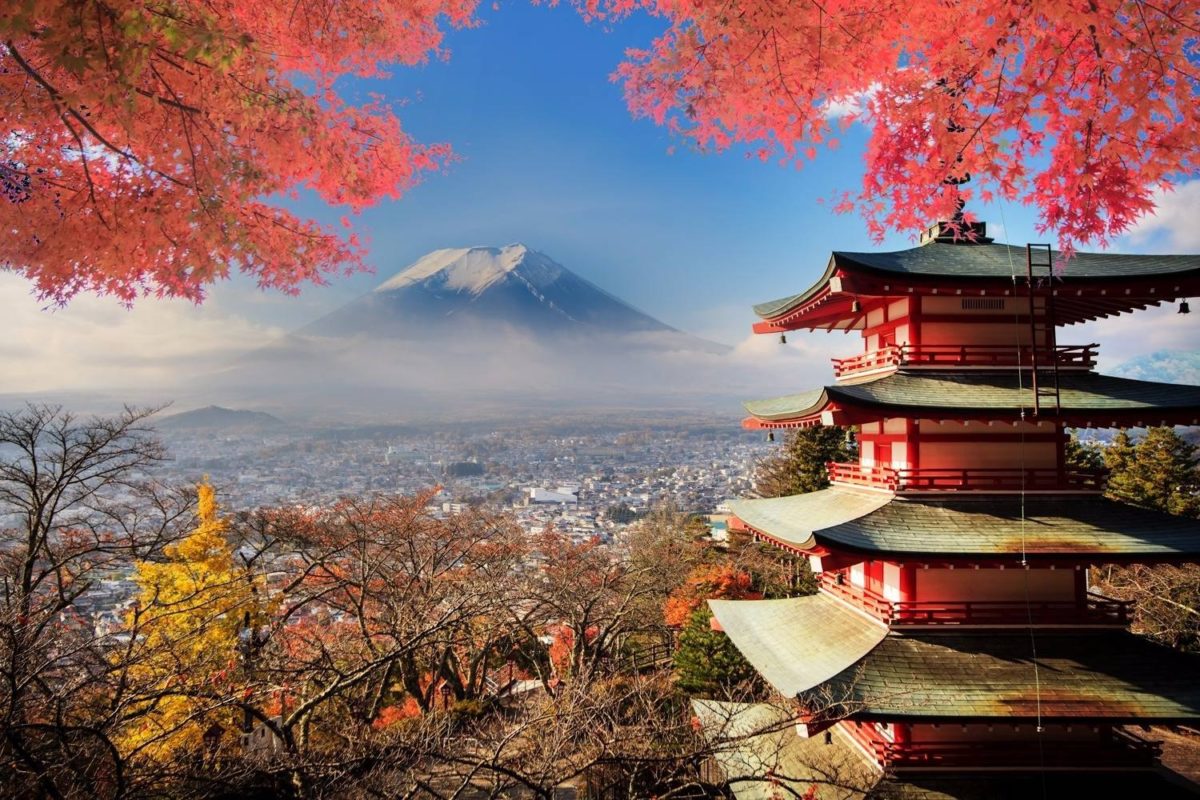
Luxor, Egypt
Luxor is a modern city located on the east bank of the Nile River in southern Egypt. Currently, its population is over 500,000 inhabitants. During the XVI-XI centuries B.C., this city was called Thebes and was considered one of the largest and wealthiest cities of that era. Large temples, royal tombs, and the Valley of the Kings are located around this area in Egypt.
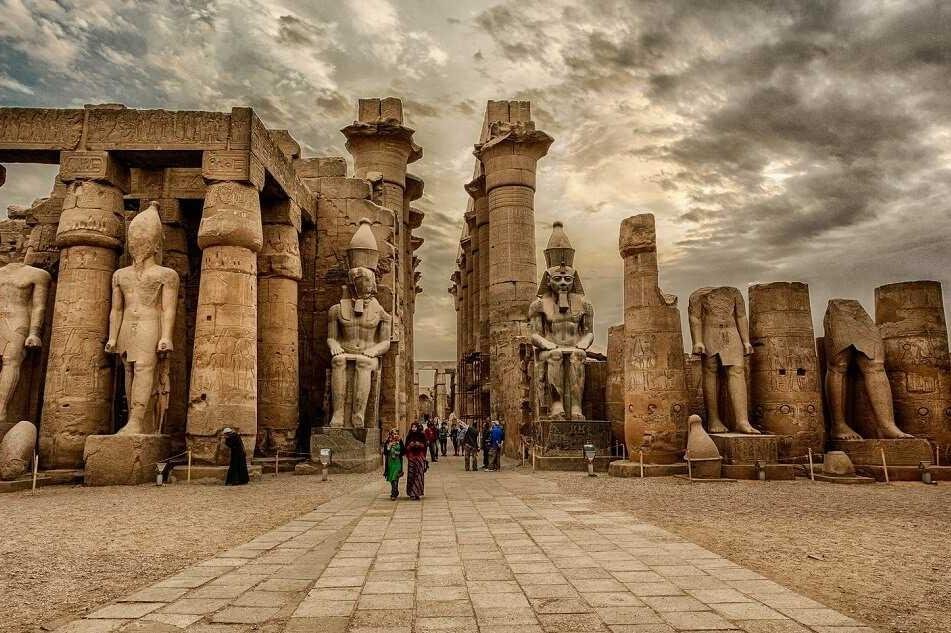


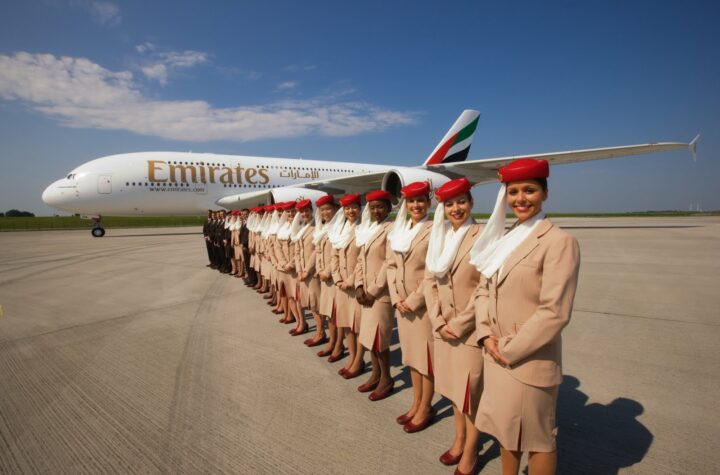
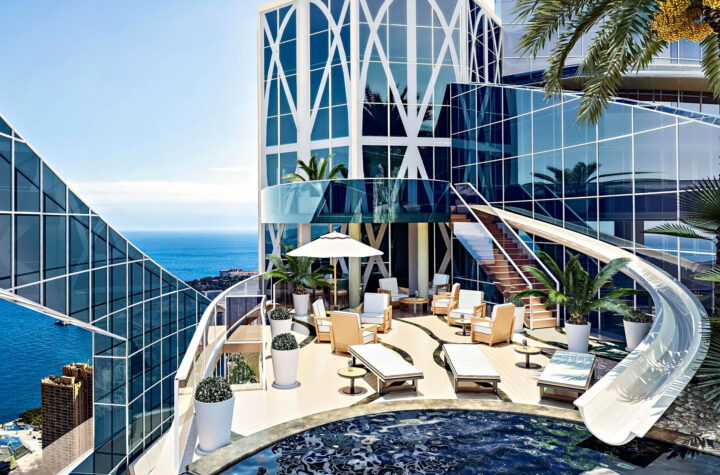
Related Posts
Top-7 Most Expensive Dogs in the World
7 Most Expensive Cats in the World 2023
Top-7 most luxurious and expensive airlines in the world